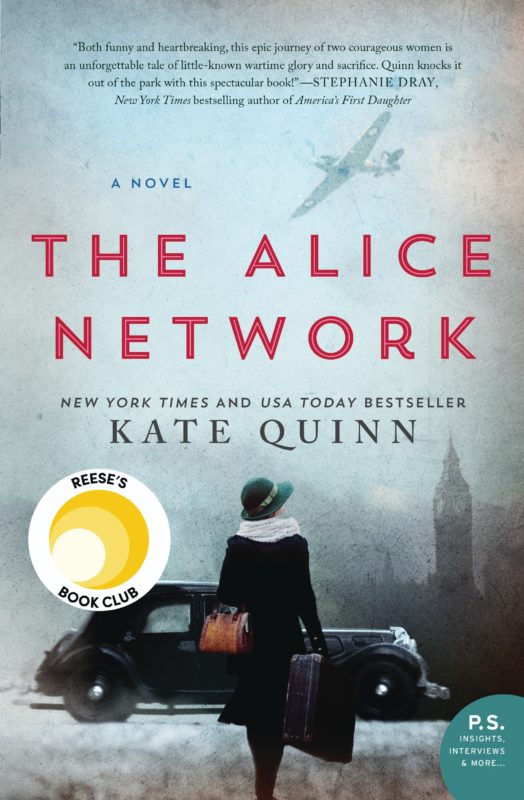Last time around, I made a list of the hunks of historical fiction who have warmed my heart. I’d hate to be accused of being unfair to the boys out there, so here’s a list of the female heroines of historical fiction who make the hearts of men go pitter-pat, and had me vowing as a child to grow up more like them:
1. Elizabeth I, from countless books. My original heroine. She’s been cast in enough books and movies to make her legitimately tired, but that would probably please the queen who is still remembered fondly by Englishmen everywhere. She survived an insane father, a homicidal sister, and many hostile enemies; she inherited a shaky little island riddled with debt and left it a political powerhouse with a full treasury and a cultural renaissance; she began as a scared little girl and ended a near-goddess. Elizabeth I is the original mother goddess: brilliant, inexplicable, maddening, beautiful, and eternally fascinating.
2. Boudicca, from Pauline Gedge’s Eagle and the Raven: the red-haired queen of ancient Britain who damn near kicked out the Romans. Pauline Gedge draws a compelling vision of a blunt-spoken six-foot swordswoman who goes from reluctant ally of Rome to avenging mother after her tribe is sacked and her daughters raped. Her war didn’t quite succeed, but her legend lingers; the amazon before who all men knelt in reverence.
3. Genevieve Pasquier, from Judith Merkle Riley’s The Oracle Glass. One of my personal favorites; a girl in the court of the Sun King who turns a gift for reading the future into a first-class con. Genevieve is nineteen years old, cynical, worldly, and intelligent, and with nothing more than a classical education and a gift for fortune telling she deceives the wealthy courtiers of Louix XIV’s court into believing she is a 150-year-old sorceress who can read their futures. People that gullible deserve to be rooked.
4. Katie Nolan, from Betty Smith’s A Tree Grows in Brooklyn. One of the great mothers of all literature; tough, fierce, and hard as nails. Her prowess went beyond the feats of quiet endurance like working as a cleaning woman to keep her children fed and in school. Who can forget the moment when this illiterate Brooklyn housewife sees her daughter being molested by a criminal, goes upstairs to get her husband’s gun, and without turning a hair shoots the attacker in a place that ensures he will do no molesting ever again?
5. Benedetta Foscari, from Edith Pargeter’s The Heaven Tree. Great acts of defiance are not always done with weapons, and Benedetta Foscari, an Italian courtesan who is mistress to a ruthless medieval warlord, has a quiet but blazing moment of glory. Her warlord has decided to execute an innocent man–a man Benedetta loves. Not only does she foil his execution, but she throws her love for him in the warlord’s face before all the onlookers. One of the great eff-you moments of literature.
6. Livia, from Robert Graves’s I, Claudius. A great villainess, but one I always admired nonetheless. A scheming Roman Empress who calmly plotted, murdered, and poisoned her way through eight or nine relatives to ensure that her son became the next Emperor. Amoral, ruthless, and detestable, yes, but the woman had style.
7. Scarlet O’Hara, from Margaret Mitchell’s Gone With The Wind. The original Southern belle, but much more than that besides. Her tempestuous love life is what most of us remember best from the book, but just as interesting is her growth from spoiled teenager to flinty-eyed woman who will pay any price to make sure her family and her beloved plantation survive the American Civil War. Scarlett is not always likeable–hot-tempered, bull-headed, an indifferent mother and an overly sharp businesswoman–but she is always admirable.
8. Linda Voss, from Susan Isaacs’s Shining Through. Not a well-known heroine, and she should be. Linda comes from Jewish-German immigrant stock in Queens, and works as a secretary to a powerful Washington intelligence agent in the years just before World War II. Her fluent German lands her a job as a spy in the house of a Nazi bureaucrat in Berlin, where she spends a year and a half cooking strudel for fascists by day and smuggling secrets out by night. A fascinating dual portrait of Germany and America during the war, as well as a realistic portrayal of the sheer repetitive danger and boredom of real spy-craft. No James Bond gadgets or sexy seductions here; Linda walks the tightrope of her dangerous mission on common sense and plain New York toughness alone.
9 and 10. This one’s a two-way tie between two very different ladies from George R.R. Martin’s “Song of Ice and Fire.” Arya Stark is the ten-year-old daughter of a great lord, more inclined to practice her fencing than her embroidery. When her family is destroyed in a civil war she finds herself on her own, and swiftly turns from scruffy tomboy to lethal little street-rat, dispatching her first enemy with aplomb and waging a one-girl war on those who brought down her family. Brienne of Tarth is a very different heroine, a tall and ugly girl who trained as a knight and is shunned by real knights everywhere. Not because of her ugliness, or because she can beat the men who challenge her, but because in her shining moral courage and unflinching sense of honor she is the living embodiment of the knightly ideal. An ideal that most other knights do not live up to, and so they cannot bear to look Brienne in the face.
Any other additions to the list? I’m all ears!







